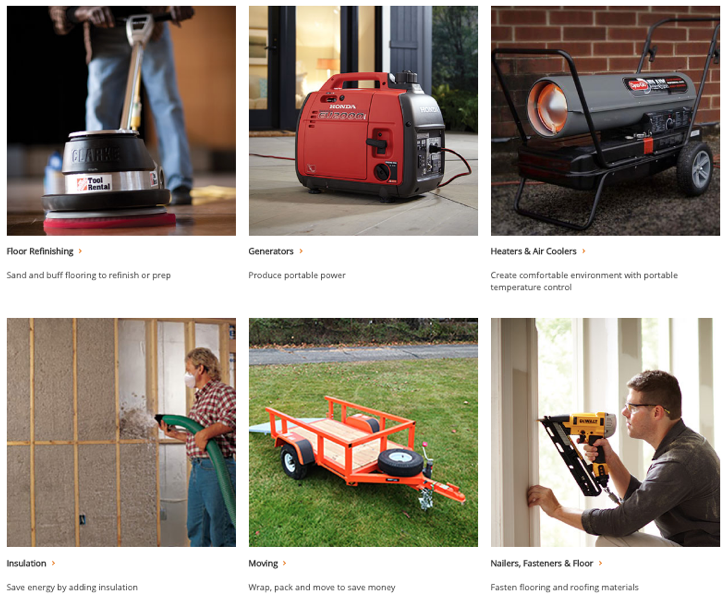Two innovations to help you sell more: Hyperservice and servification, new formats in your commercial processes that change everything.
- What is your company doing to sell more?
- Are you innovating in the way you approach clients?
- What do you offer your consumers (current and future)? Are you selling the same way you have been in recent years, or are you innovating?
Maybe you do too little.
For the last two and a half years, my IESE colleague Mario Capizzani and I have been carrying out a study with the help of the OMD and Nielsen. The study includes 800 quantitative interviews, mainly in Europe, and 20 in-depth interviews with business executives from Asia, Europe, the United States, and Latin America. From this work we have identified two concepts that we think can help businesses better connect with their clients.

Let me give you an example.
You’re in Gothenburg, Sweden. You are one of 3 million people who go to the city’s theme park, Liseberg, every year. If you really like roller coasters, you’ll find one there called Helix. The company that manages the grounds has spent dozens of millions of euros on this attraction, which among other treats will shoot you at 100 km/hour and twist you, flip you upside down, right-side up…all the usual things you would expect. Fun and thrills. However, to obtain this adrenaline rush, you will have to wait, quite a while as a matter of fact. The long line to ride Helix’s is a sign of its “success.”
Is this good? Do we like lines, especially at theme parks?
What the management did was “offer more” to visitors. Increase the attraction, “improve the line” if you will. How? They created an app to play while you wait in line. To enjoy yourself while you’re there. Small mini-games related to the very roller coaster you are about to ride…and with the added prize that once every X minutes, the game chooses the person with the most points and allows them to jump to the head of the line, avoiding further wait times. Yes, they skip the line. They are allowed to cut in line.
Some 20 qualitative interviews have allowed detection of a hyperservice trend in the most innovative companies
With this, companies have gotten users to enjoy themselves while waiting in line, so that they have fun, enjoying something that in any other part of the world would be tedious.
But what’s more, these companies are interacting with you, through a direct communication channel with the user. And that’s not all, because when the visitor goes home, they can keep playing with the app.
Of course, they won’t have the advantage of cutting in line, but maybe they’ll keep practicing for the next time they go to the park (and when they become experts, they’ll be the first to try to convince their friends to come with them again). This is hyperservice.
To offer more, you don’t have to change what you do, but you do have to do more and better. In fact, normally these companies don’t charge more for offering hyperservice.
Another example of hyperservice is that provided by Starbucks in the United States, and more recently in Spain (at the hand of Grupo Vips), which allows customers to buy their coffee from their phones.
You can configure your favorite coffee combination, your dream treat, or prepare it on the spot, while on the street or on the bus…you pay for it, and when you arrive at the coffee shop, you skip the line and they’ve already prepared your order. It costs the chain a little extra to bet on this hyperservice (developing the app and integrating the systems), but user satisfaction is strengthened tremendously, and the experience is totally changed for the better.
Servification does require inventing something new, something that didn’t exist, and trying to charge for it – that’s what companies who do it are practicing.
On the other hand, and also coming from the same study we presented recently at the IESE e-commerce Industry Meeting, we have detected that what some companies that know how to connect well with their clients are doing, is creating different services from those they habitually provided,— and, of course, trying to charge for it.
Take, for example, The Home Depot. The big-box construction store, a paradise for do-it-yourselfers, saw that certain products weren’t making it because consumers didn’t want to buy them for their low usefulness.
How many times will a “normal client” use a band saw or a tile-cutter? I mean, few people other than professionals buy this type of equipment…so, why not rent them by the day instead of selling them? In this way, these and many other companies have innovated their commercial processes.
Another interesting case: you’re printing a document and, as always, the toner is running out. You’d think it would be like toothpaste (when it seems to be running out, there is always a little bit left, like magic), but no, the day you most need it you end up running out.
To resolve this issue, Samsung has created a printer that calculates when it will run out of toner, and orders it online, without you having to do anything, and it arrives just when you most need it.

Welcome, hyperservice and servification. I’d like to leave you with those two words and with the concept behind them.
Do you do enough for your clients? Could you connect better with the consumer?



Shouldn,t be called hyperservice but just Service,upper case at the most.
Any initiative is «hyper» as long as opens a diferentiation gap which will be temporary anyway, and most likely raising the service level bar once and once again becomes a matter of survival, do nothing but rely on status quo drives to failure… dont you think?